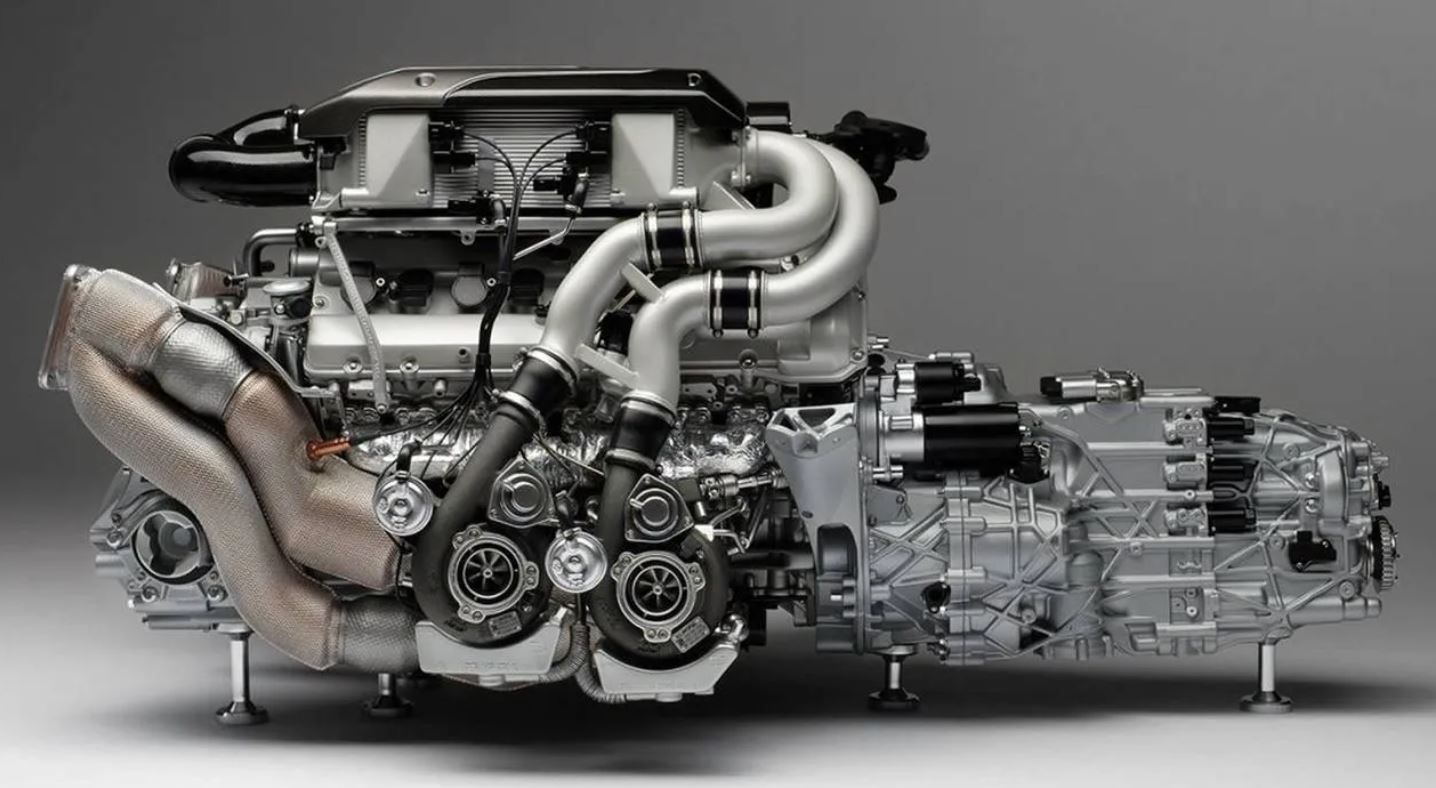Check Out Engines for Africa at Our Thorough Auto Parts Store
Check Out Engines for Africa at Our Thorough Auto Parts Store
Blog Article
The Pursuit for Ultimate Driving Power: Exploring the Peak of Engine Performance and Technological Breakthroughs in the Automotive Market
In the realm of auto design, the pursuit of maximum driving power has actually been a ruthless pursuit that has actually unravelled via the development of engine style and the assimilation of advanced modern technologies. From the meticulous craftsmanship of burning engines to the quick developments in electric propulsion systems, the automotive sector stands at the cusp of a brand-new period identified by extraordinary efficiency capacities.
Advancement of Engine Style

Moreover, the assimilation of turbocharging and supercharging modern technologies has changed engine design by improving power without significantly boosting engine dimension. These forced induction systems press the intake air, enabling for even more gas to be ignited, therefore producing better power output from a smaller engine. This development has been specifically essential in improving the efficiency of smaller sized variation engines while preserving gas performance standards.

Performance-Enhancing Gas Technologies
The implementation of innovative fuel modern technologies has substantially added to boosting engine performance in modern-day cars. Biofuels, derived from sustainable resources like corn, algae, or sugarcane, offer decreased emissions and improved engine effectiveness. In addition, fuel ingredients and cleaning agents are being formulated to clean engine elements, maximize burning, and lower friction, thus improving total vehicle performance.
Innovations in Electric Propulsion
Considerable strides in electrical propulsion modern technology have actually revolutionized the automotive industry, paving the method for a new age of reliable and lasting transport. Electric lorries (EVs) are gaining popularity due to their environmental advantages and innovations in battery technology, making it possible for longer driving ranges and shorter charging times. Suppliers are investing greatly in r & d to enhance the performance of electric propulsion systems, concentrating on raising power result, boosting power efficiency, and reducing overall weight.
One significant innovation in electric propulsion is the advancement of sophisticated electric motors that supply greater torque and power density, resulting in boosted velocity and general driving performance. Additionally, regenerative stopping systems have been refined to save and catch energy throughout deceleration, more enhancing the performance of EVs.
In addition, the combination of smart modern technologies, such as expert system and anticipating analytics, is maximizing the administration of electrical propulsion systems, making certain ideal performance under numerous driving conditions. These innovations in electrical propulsion are reshaping the vehicle landscape, driving the industry in the direction of a more lasting and electrified future.
Impact of Computational Liquid Dynamics
With innovations in electric propulsion pushing the boundaries of vehicle technology, the combination of Computational Liquid Dynamics is playing a crucial function in optimizing wind resistant efficiency and enhancing general efficiency in car design. Computational Liquid Characteristics (CFD) involves using computer system simulations to evaluate the circulation of air around a car, making it possible for engineers to anticipate just how layout changes will certainly affect aerodynamics without the need for costly physical models. By properly modeling air flow patterns, CFD discover this info here allows for the improvement of vehicle shapes to minimize drag, boost air conditioning, and enhance stability.
CFD makes it possible for designers to enhance airflow around components such as radiators, engine bays, and wheel wells, adding to enhanced efficiency and general driving experience. In final thought, the integration of Computational Liquid Dynamics represents a substantial step ahead in the quest for ultimate driving power and performance in the automobile industry.
Future Patterns in Engine Advancement
In the dynamic landscape of automobile design, sophisticated innovations are shaping the future trajectory of engine innovation. The future of engine layout is noted by a strong focus on sustainability, effectiveness, and efficiency. Makers are increasingly concentrating on creating engines that not only provide high power results however also focus on environmental responsibility by lowering emissions and improving fuel performance.
One prominent pattern in engine innovation is the increase of electrification. Crossbreed and electric powertrains are obtaining traction as practical choices to traditional burning engines. These modern technologies provide the capacity for substantial decreases in carbon emissions and enhanced power performance, aligning with international efforts to deal with climate modification.
Additionally, improvements in products scientific research and production techniques are allowing the manufacturing of lighter and extra durable engine elements. This change in the direction of light-weight products such as carbon fiber and light weight aluminum alloys adds to enhanced efficiency and gas economy.
Conclusion
To conclude, the quest of utmost driving power in the auto industry continues to drive right here innovations in engine style, fuel innovations, electric propulsion, and computational fluid dynamics. The development of these innovations is shaping the future of engine development, leading the way for much more effective and efficient vehicles (engines for africa). As the industry proceeds to press the limits of what is feasible, we can expect to see a lot more groundbreaking growths in the pursuit for peak efficiency
One of the key landmarks in engine layout development is the shift from conventional carbureted engines to contemporary fuel-injected systems. By precisely metering the gas shipment to each cylinder, fuel-injected engines maximize burning, resulting in far better efficiency and decreased environmental effect.
Furthermore, the combination of turbocharging and supercharging innovations has actually transformed engine design by enhancing power without substantially raising engine dimension (engines for africa).The implementation of advanced fuel technologies has considerably contributed to improving engine efficiency in contemporary vehicles. Furthermore, fuel ingredients click resources and detergents are being created to tidy engine elements, maximize combustion, and lower friction, therefore improving overall automobile efficiency
Report this page